Phygital experiences can make a difference. For people with disabilities, this means more accessibility to services and information.
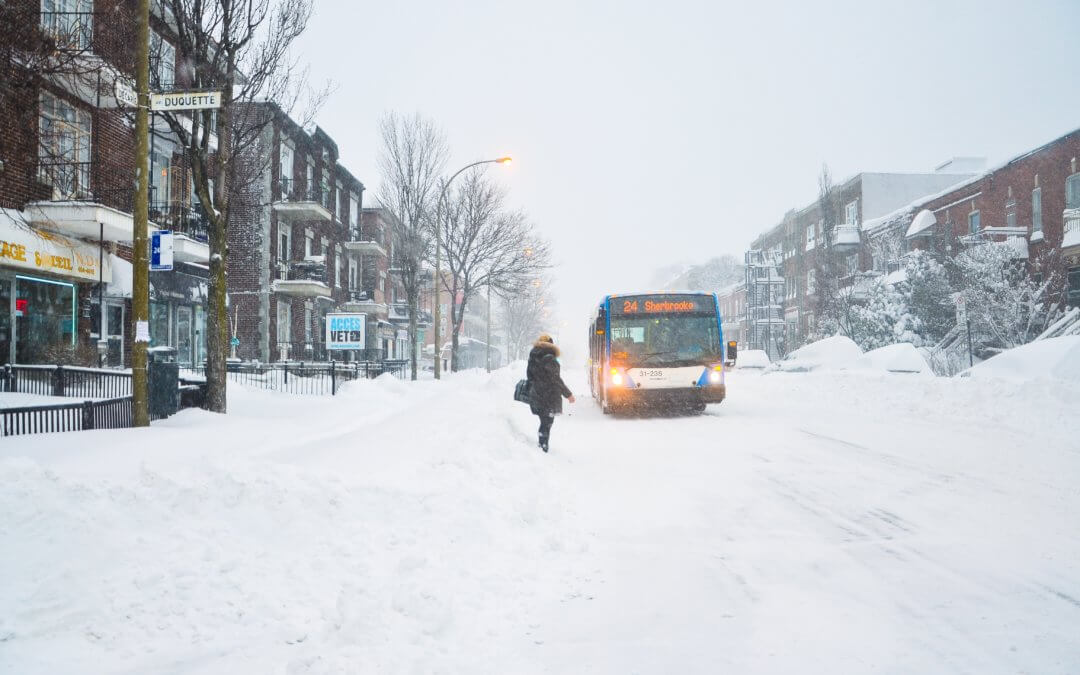
Is Montreal a Fit City for Blind People to Live In?
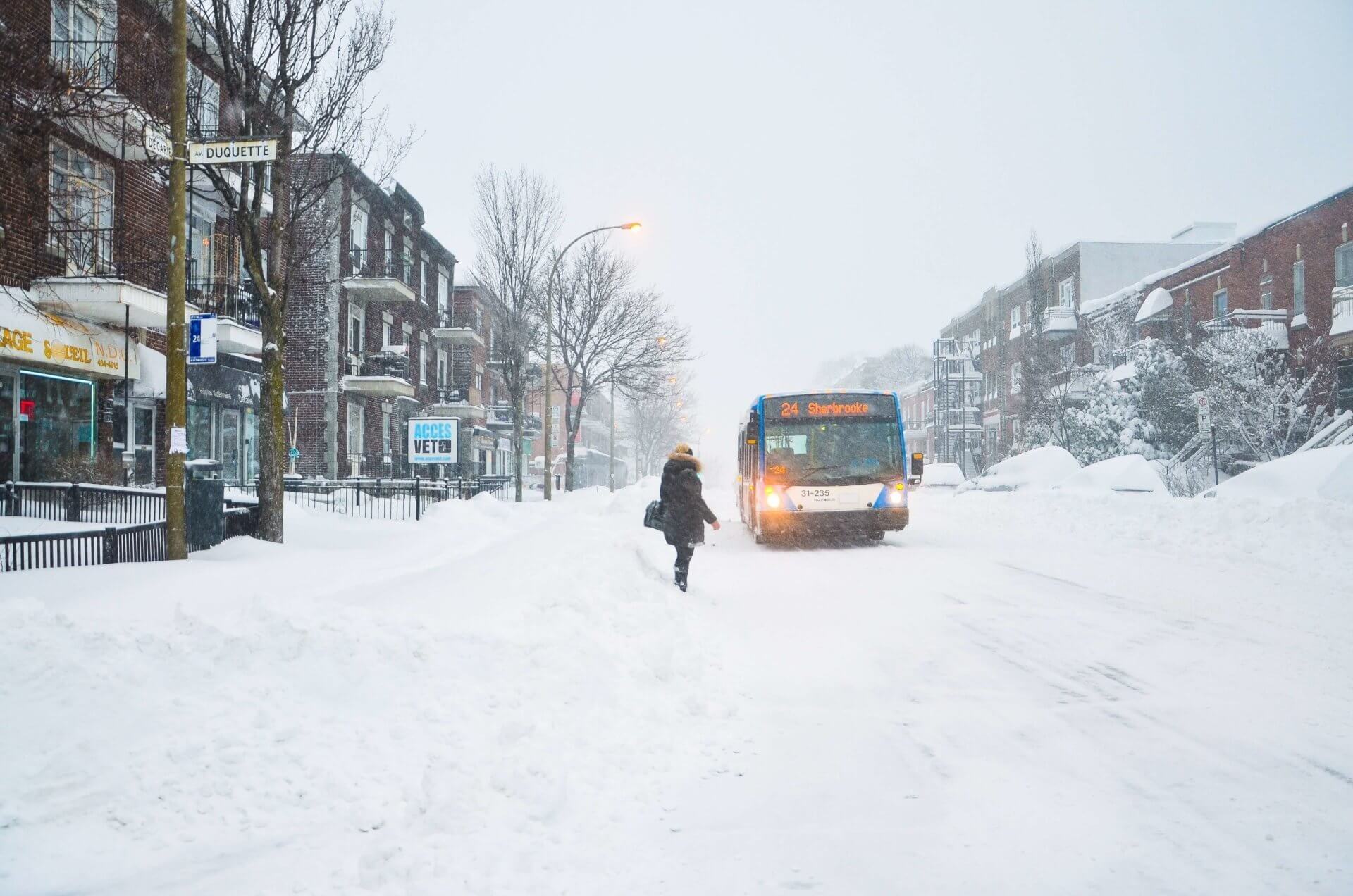
Is Montreal a Fit City for Blind People to Live In?
The public Quebec Automobile Insurance Corporation (SAAQ) has launched an advertising campaign to ensure that pedestrians and drivers are seen by each other. With its slogan “When crossing, look at each other” the SAAQ invites drivers and pedestrians to make eye contact. However people with visual impairment can not make this contact that guarantees their safety.
How does the City of Montreal takes into account the need for security of vulnerable people? What are the mobility difficulties faced by blind pedestrians in Montreal and what are the solutions provided by the City?
Let’s see if Montreal is a fit city for blind people to live in!
What are the difficulties faced by blind people when crossing the road in Montreal?
Road sharing
The concept of road sharing is increasingly present in Quebec. Pedestrians are also more and more likely to share their traveling spaces. Unfortunately, these developments do not always take into account the safety of pedestrians, especially those with visual limitations. For example, in the case of multifunctional runways, poor layouts can cause a visually impaired person to deviate into the cyclist zone.
Electric and hybrid vehicles
In March 2019, there were 42913 electric vehicles in Quebec.
In a 2009 study, updated in 2011 and intended for the United States Congress, it has been shown that the probability of an accident between a car and a pedestrian is 35% higher if the vehicle is electric. In the majority of cases, the near absence of noise is at the origin of the accident.
Moreover blind or low vision people make extensive use of vehicle noise to determine when it is safe to cross at an intersection and maintain a straight line during this crossing.
Right turn at a red light
The Quebec Ministry of Transport (MTQ) has granted motorists traveling outside the Island of Montreal the privilege of being able to turn right on a red light. Some mayors of Montreal have expressed their desire to obtain the same privilege.
The right turn on a red light is not safe not only for people with vision loss, but also for pedestrians in general. According to the Quebec Ministry of Transport, between April 2003 and December 2014, the right turn at a red light has caused 246 accidents. The Amblyopian Blind Quebec Group (RAAQ) calls for the ban on this maneuver to be strictly maintained on the Island of Montreal for major security reasons.
The absence of sidewalks
The absence of sidewalks, particularly in the Quartier des Arts in Montreal, prevents blind and partially sighted citizens from distinguishing the boundary between the sidewalk and the street. They can easily deviate and end up in parallel traffic.
Crossroads not equipped with Accessible Pedestrian Signals (APS)
Visually impaired pedestrians rely on the flow of traffic and stay alert while cars drive ahead. As soon as the cars parallel to them enter the lane, they know they can cross. Without sustained traffic that allows blind people to be guided, and in the absence of Accessible Pedestrian Signals, blind people are without landmarks.
“You have to be aggressive and go fast so that the cars let us pass. Some turn right without seeing us. Sometimes I prefer to change my path, ” said Mr. Croisetière, a blind pedestrian.
Roundabouts
Roundabouts are a source of concern in Montreal because they are not accessible and do not allow a person with a visual impairment to cross safely.
Montreal Vision Zero 2019 commitments for pedestrian safety
Due to its high density, downtown Montreal is one of the areas where pedestrian and vehicle collisions occur most frequently. In 2017, 15 pedestrians were killed in a traffic collision and 5058 others were injured. In 35% of cases, the vehicle did not give way to the pedestrian.
The most vulnerable people to these road accidents are people with disabilities especially blind and low vision people. The integration and social participation of people with visual disabilities are inseparable from the concept of mobility. That’s why road safety issues are to be tackled and fixed.
The city of Montreal is part of the global Vision Zero plan that aims at reducing the number of serious injuries and road deaths on the roads. In its 2019-2021 action plan published on the Montreal Vision Zero website, the city is committed to better integrate the needs of vulnerable users into the design and programming of traffic signals.
These commitments translate into two major axes:
⊗ Facilitate the crossing at complex and busy intersections by deploying the most suitable measures like Accessible Pedestrian Signals (APS);
⊗ Install traffic lights with pedestrian-only phases at intersections near schools and seniors’ residences.
As an example of initiative, the Metropolitan Montreal Blind and Amblyopic Cluster (RAAMM) and the Montreal-based Nazareth and Louis Braille Institute (INLB) are collaborating with the City of Montreal on the implementation of Accessible Pedestrian Signals (APS). The goal of this partnership is to make intersections accessible and safe, and APS installation required at complex intersections, including intersections with pedestrian exclusive phases.
In line with this ambitious policy, the Planning and Mobility Department of Montreal has published similar objectives for 2019, namely street and intersection planning in order to ensure pedestrian safety of the most vulnerable like seniors, young people, children and people with disability.
Going further with pedestrian safety for blind people
Because road’s accessibility can always be improved, the RAAQ has presented various considerations to be taken into account to ensure safety of people with visual impairments when crossing the road in Montreal. The RAAQ is a non-profit organization that aims to promote the application of universal accessibility principles from the design stage of products and services.
These considerations include:
⊗ Integration of the APS functionality from design stage of traffic lights;
⊗ Prohibition of the right turn when the traffic light is red where the installation of an APS is recommended by a specialist in orientation and mobility;
⊗ Promotional campaigns and appropriate regulations to ensure the smooth implementation of APS;
⊗ Complete isolation of bike lanes from walking areas to avoid collisions;
⊗ Prohibition of bicycles on sidewalks;
⊗ Prohibition of bicycles tied up to a tree or a pole that are sources of danger;
⊗ Maintenance and respect of the impossibility to turn right when the light is red;
⊗ Obligation for electric vehicles to make a noise that can not be confused with other ambient noise;
⊗ Impossibility for the drivers to deactivate the noise;
⊗ Roundabouts suspension where pedestrian traffic is high.
APS are therefore central in pedestrian safety measures.
However only 9% of intersections equipped with traffic signals are equipped with Accessible Pedestrian Signals. For detailed information about the benefits of APS, you can refer to our article : How do the Blind Safely Cross the Road?
In 2017, the RAAMM released a report on the operation of Accessible Pedestrian Signals in Montreal. This report underscored that 35 of the 200 APS citywide units were partially or completely deficient.
The City of Montreal’s liability for these assets is total and does not fall under the jurisdiction of the Government of Quebec or Canada. The city is therefore responsible for installing new devices and maintaining them.
Many road layouts in Montreal are causing problem for visually impaired people to move safely. Vision Zero program offers great opportunities in terms of pedestrian safety but must also take into account the recommendations made by local associations that include more APS implementation.
By designing for the most vulnerable users and taking into account the diversity of their needs, the City of Montreal will build a system safe for all users.
media

The city of Montreal is part of the global Vision Zero plan that aims at reducing the number of serious injuries and road deaths on the roads. In its 2019-2021 action plan (…) the city is committed to better integrate the needs of vulnerable users into the design and programming of traffic signals.
writer

Zoe Gervais
Content Manager
stay updated
Get the latest news about accessibility and the Smart City.
other articles for you

How Can Shopping Malls Be Accessible to People with Disabilities?
Accessibility for all in shopping malls can be a real challenge. Some malls have found innovative solutions to make their places accessible for people with disabilities.
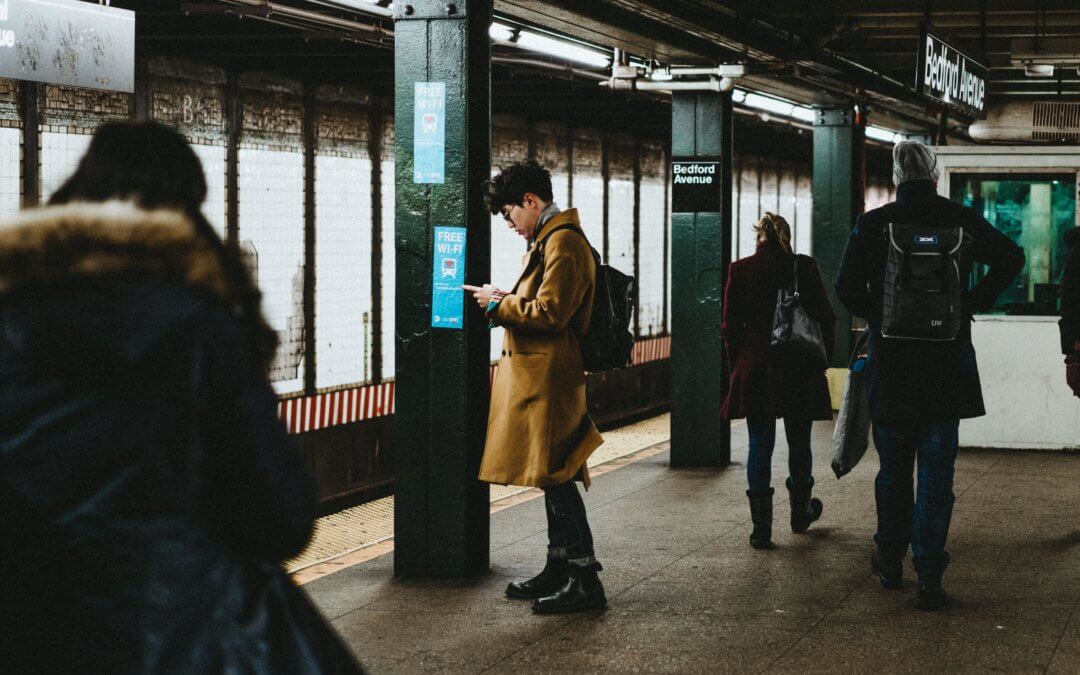
How to Help People with Disabilities Get a Better Experience on the Subway?
Twelve American cities are operated with a subway. These railway transit systems, elevated and underground, represent a vast labyrinth that enables thousands of people to move around every day without using the often congested streets that we all know too well.
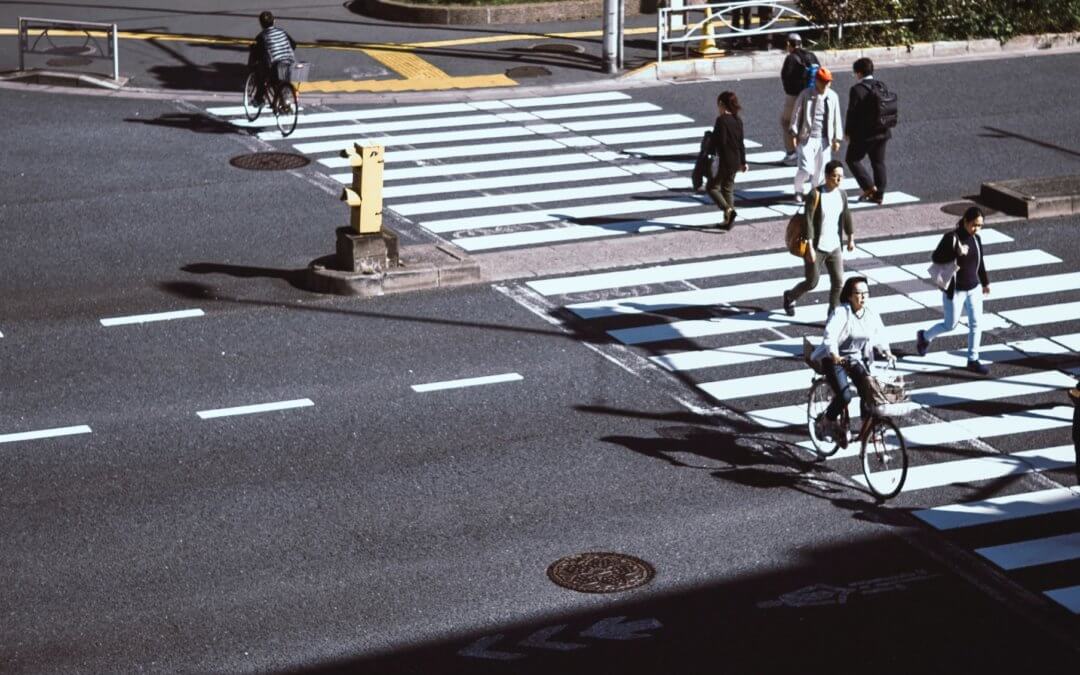
Accessibility Toolkit: When Complete Streets Help People with Disabilities
After World War II, cars’ supremacy started to shape Northern American cities. It was not until the early 1970s that some states began to design the urban space with all users in mind to make transportation network safer and more efficient. This is how Complete Streets-like policy was born. So what are Complete Streets policies and above all why do they matter for disabled people?
![[INFOGRAPHIC] How Can the City of Ottawa Improve its Accessibility with APS?](https://www.inclusivecitymaker.com/wp-content/uploads/2020/02/Ottawa_accessiblity_policy_blind-min-2-1080x675.jpg)
[INFOGRAPHIC] How Can the City of Ottawa Improve its Accessibility with APS?
In a city where around 50,000 blind people have difficulties getting around, Ottawa accessibility design standards have been developed to encourage diversity, remove physical barriers and provide solutions embracing the principles of “universal design”.
share our article!
more articles

7 Tips to Welcome a Person with Disabilities
7 Tips to Welcome a Person with Disabilities Who hasn’t been uncomfortable dealing with a person with disabilities? We’ve all been afraid to drop a clanger, to be clumsy and to behave badly. It’s normal to feel disconcerted in a new situation when we don’t...
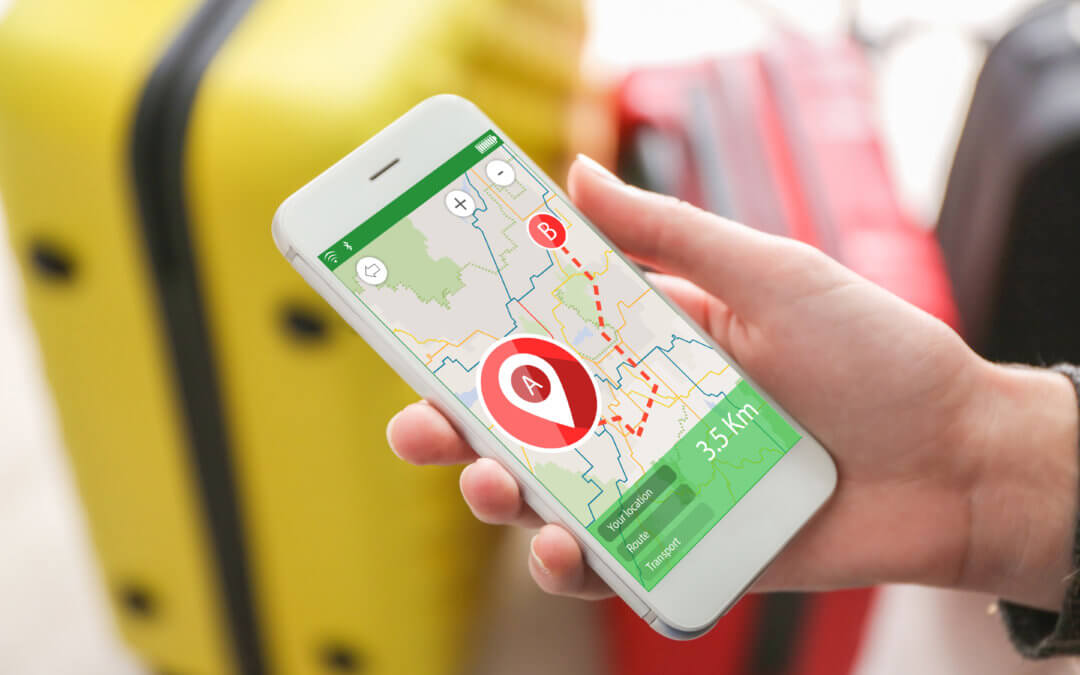
Mobility Apps for Blind People or how Technology Can Replace Special Assistance at the Airport
Mobility Apps for Blind People or How Technology Can Replace Special Assistance at the Airport? L'été est là et les vacances approchent. Nous sommes des millions à nous presser dans les aéroports pour des destinations plus ou moins lointaines. Et parmi nous, les...

City of Christchurch in New Zealand Sets Out Good Example to Help Blind People Cross the Street Safely
City of Christchurch in New Zealand Sets Out Good Example to Help Blind People Cross the Street Safely Latest statistics from 2013 estimated that there are 30,000 individuals in New Zealand affected by blindness or low vision. Among their day-to-day struggle:...
No Results Found
The page you requested could not be found. Try refining your search, or use the navigation above to locate the post.
NEVER miss the latest news about the Smart City.
Sign up now for our newsletter.
Unsubscribe in one click. The information collected is confidential and kept safe.
powered by okeenea
The French leading company
on the accessibility market.
For more than 25 years, we have been developing architectural access solutions for buildings and streets. Everyday, we rethink today’s cities to transform them in smart cities accessible to everyone.
By creating solutions ever more tailored to the needs of people with disabilities, we push the limits, constantly improve the urban life and make the cities more enjoyable for the growing majority.

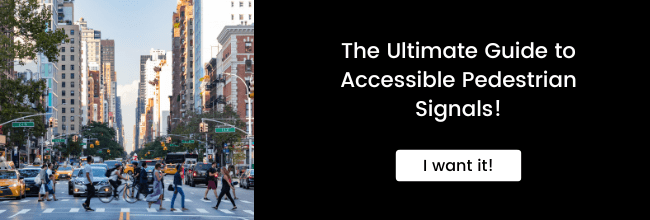


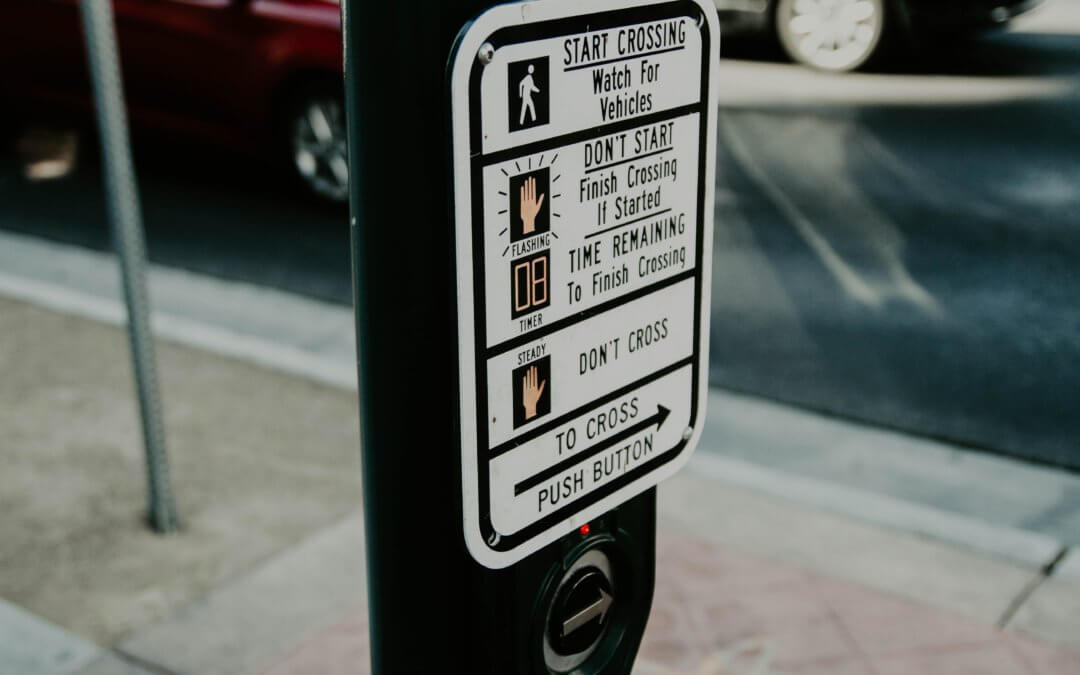
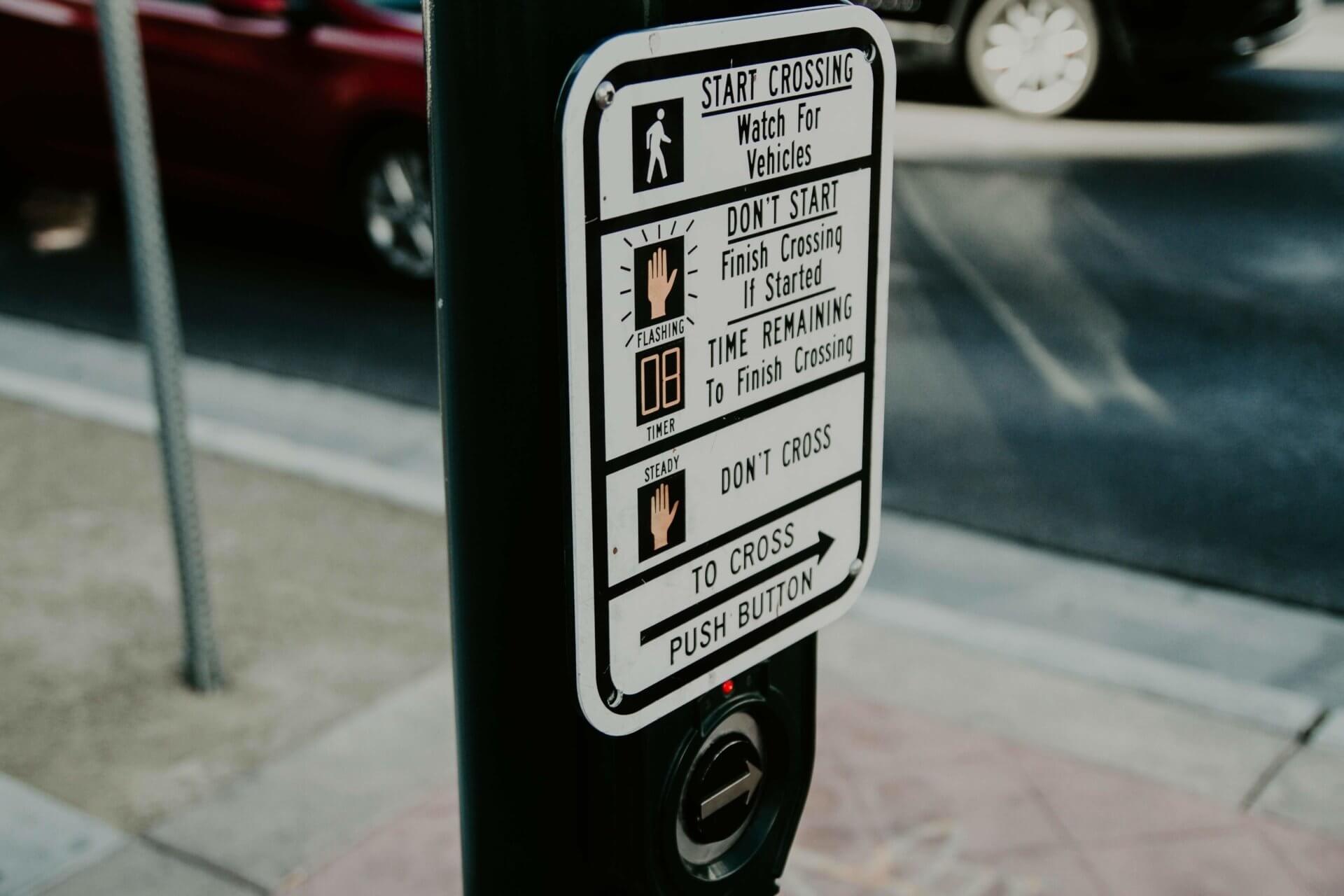

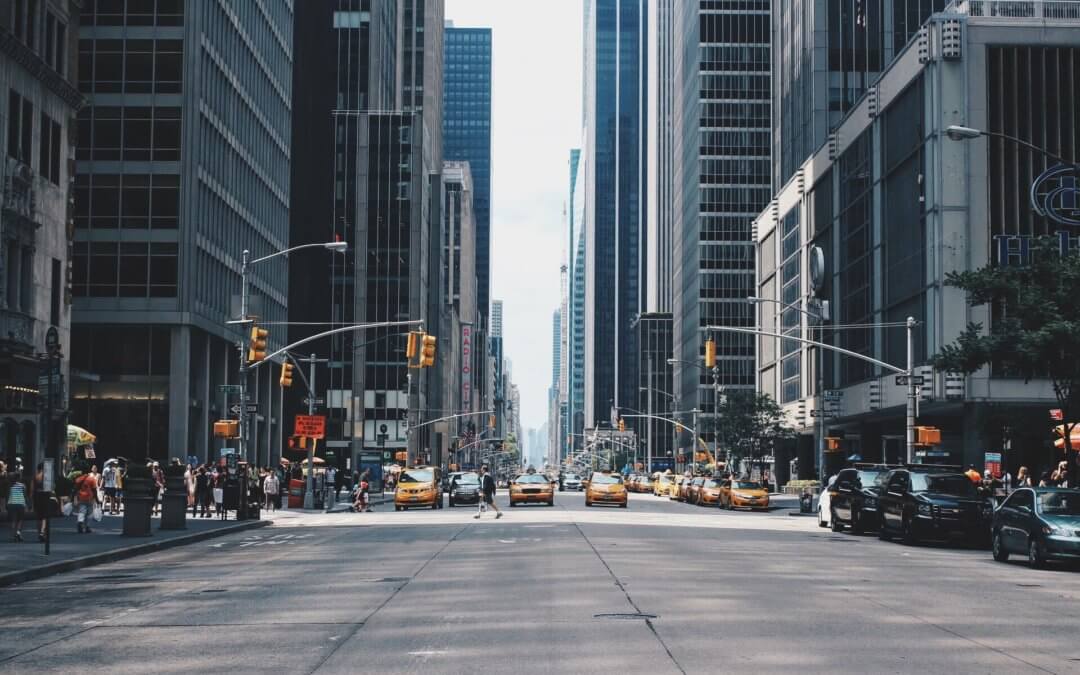
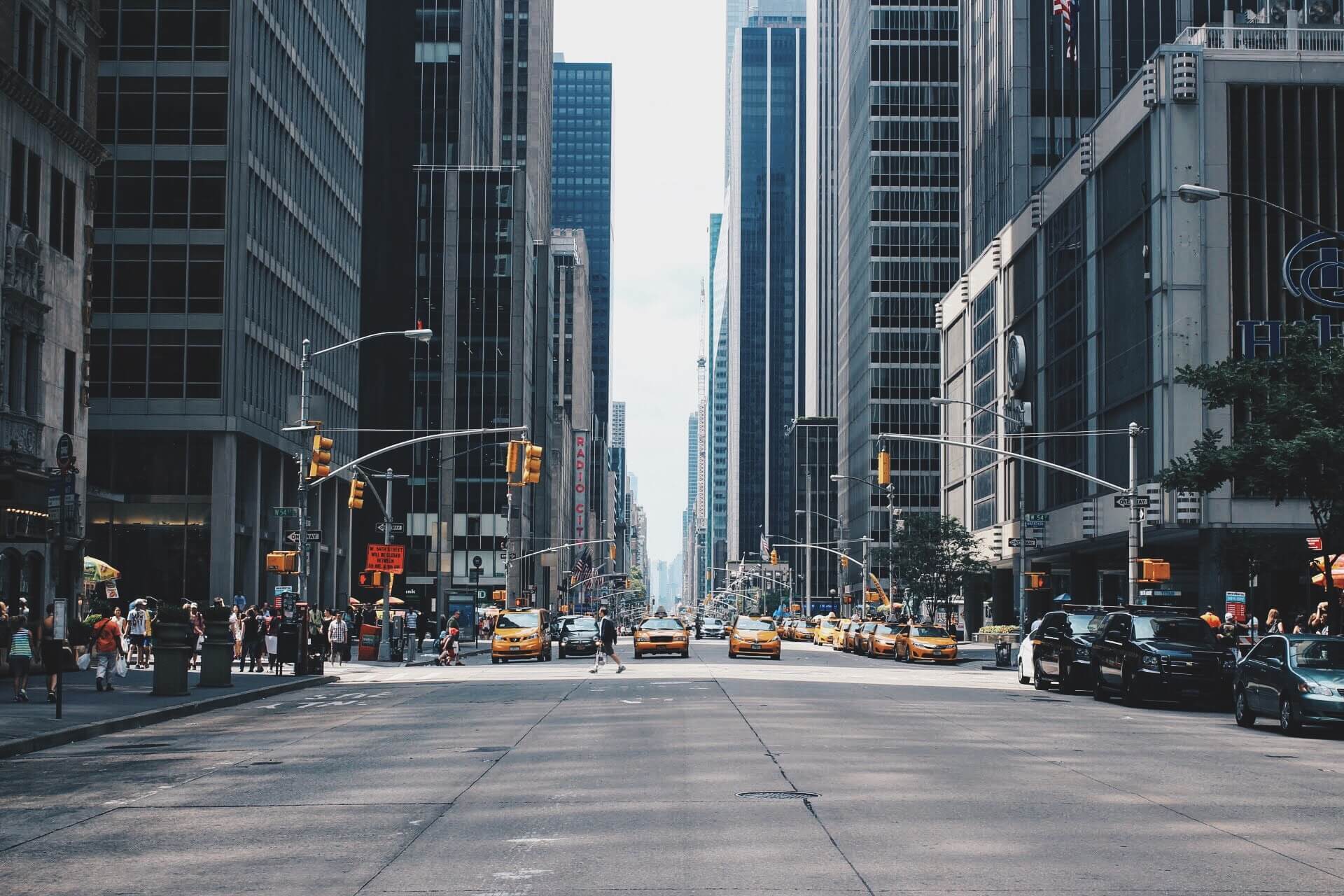

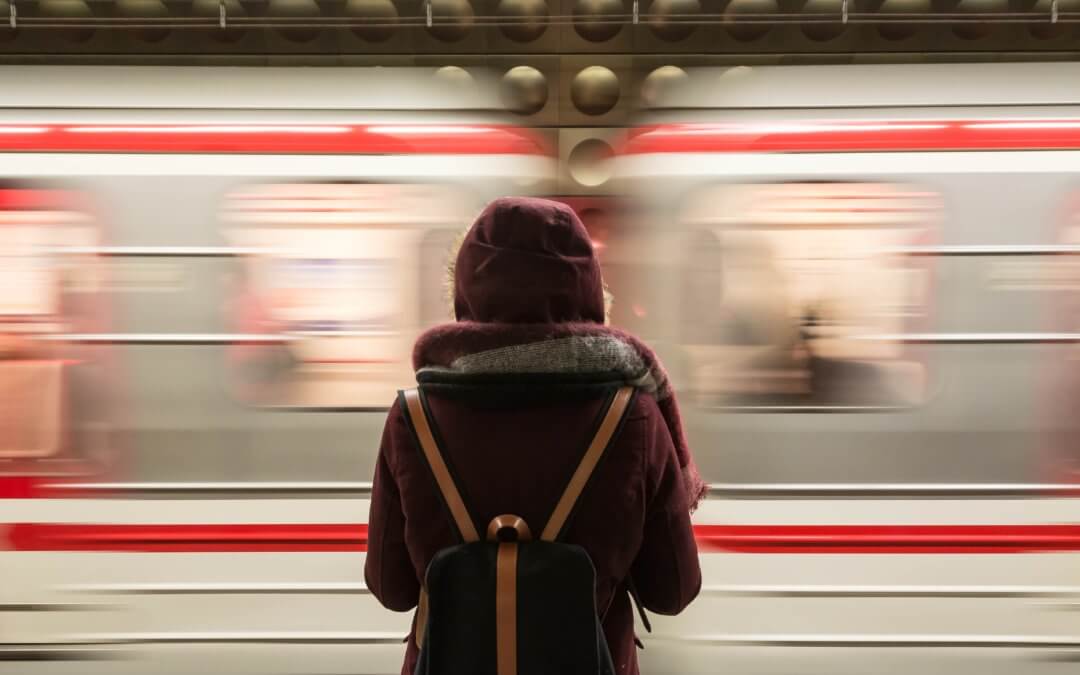
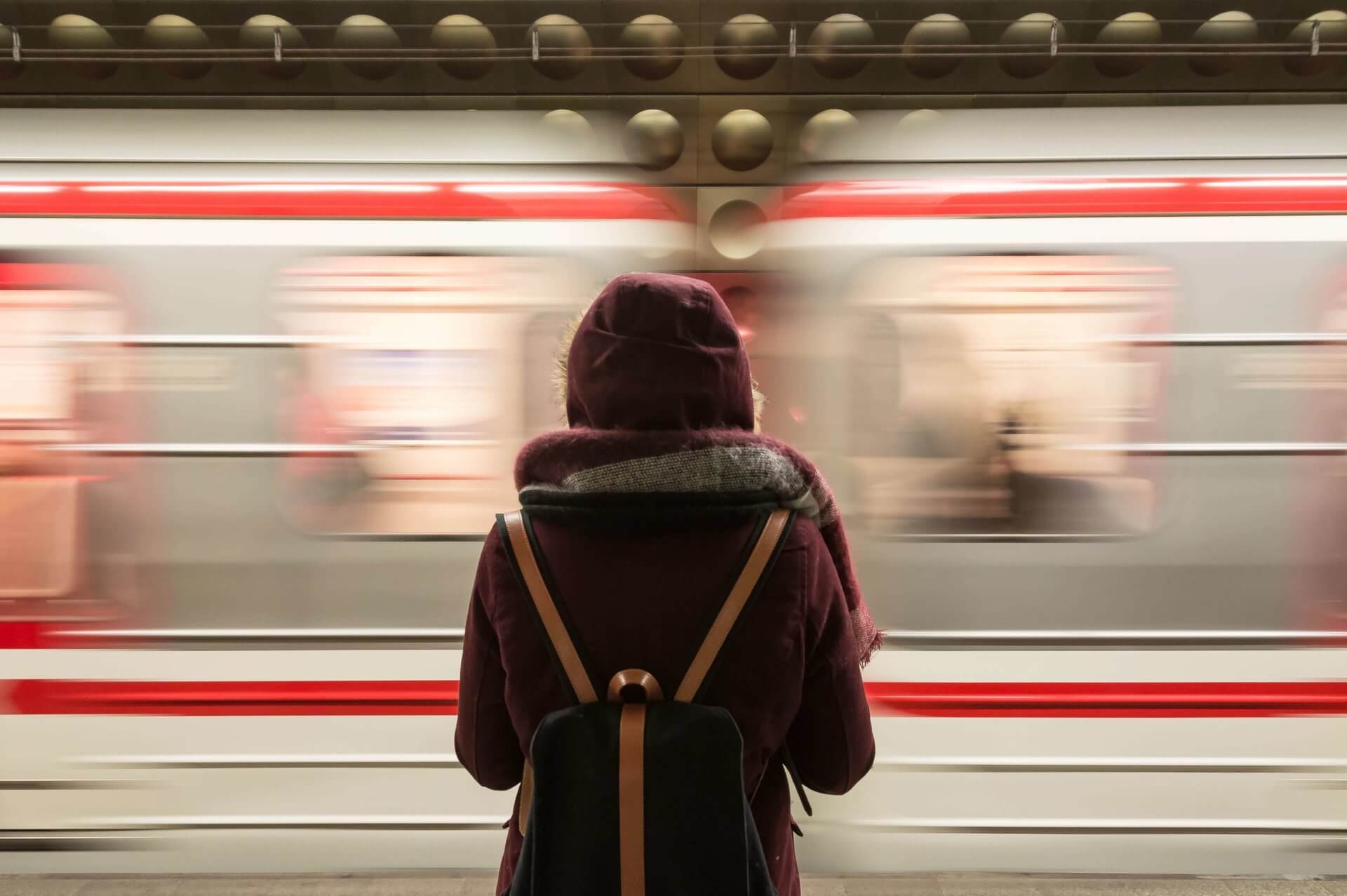

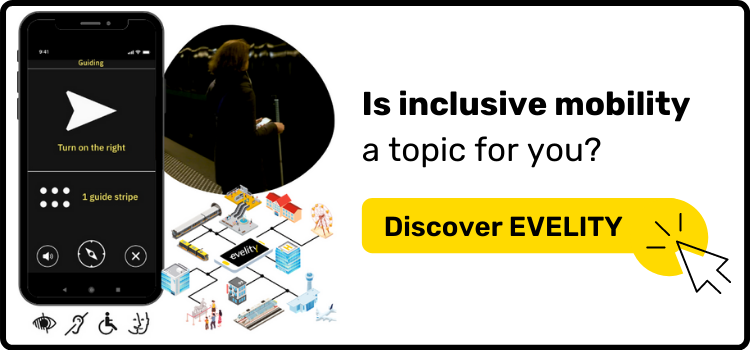
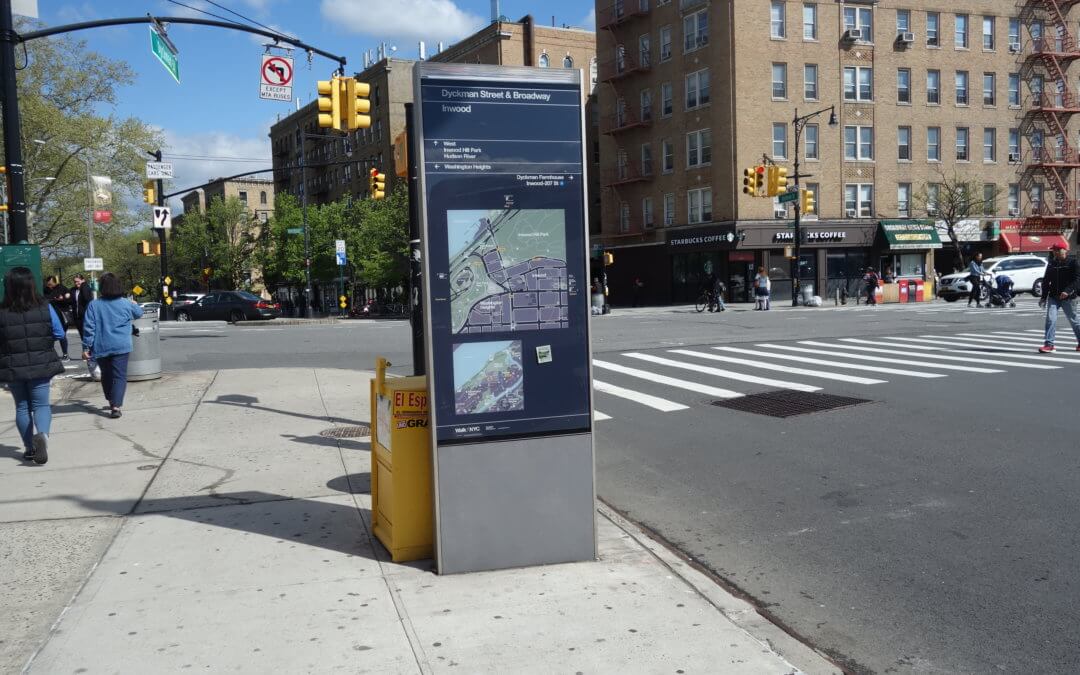
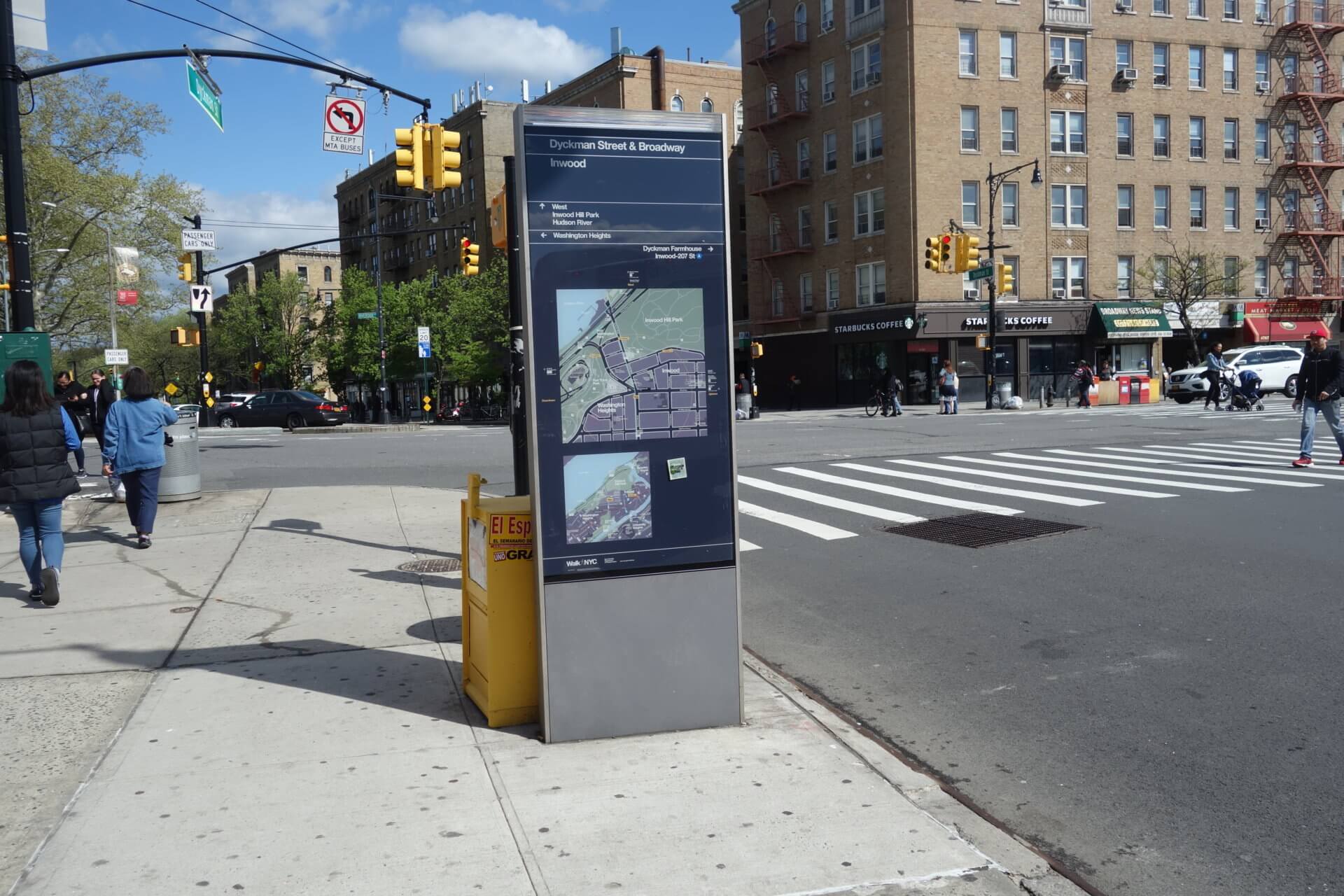

Recent Comments